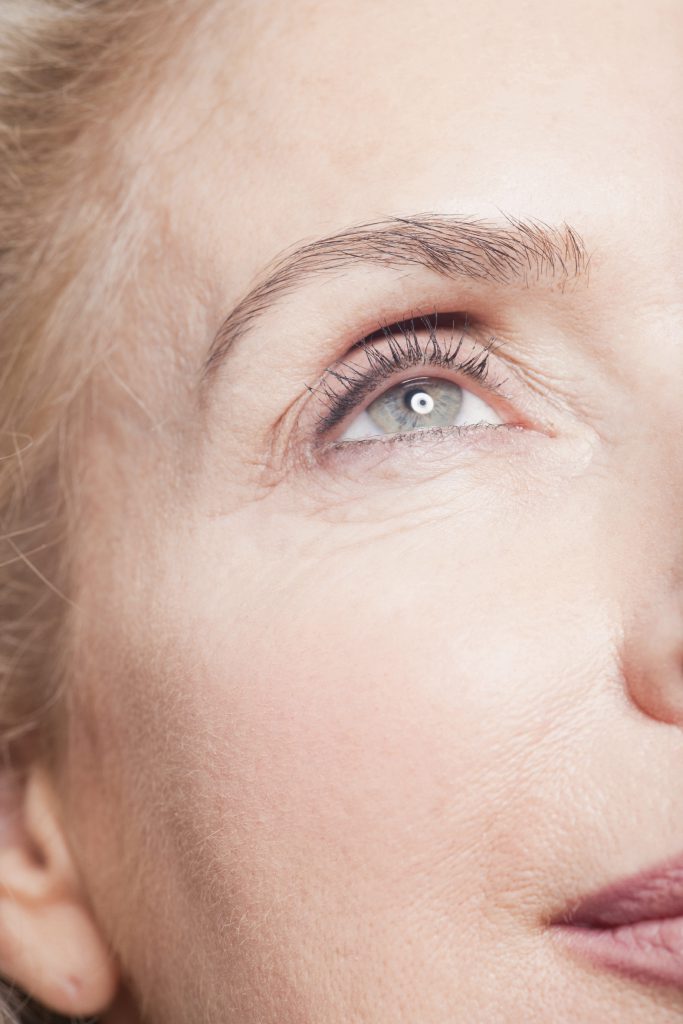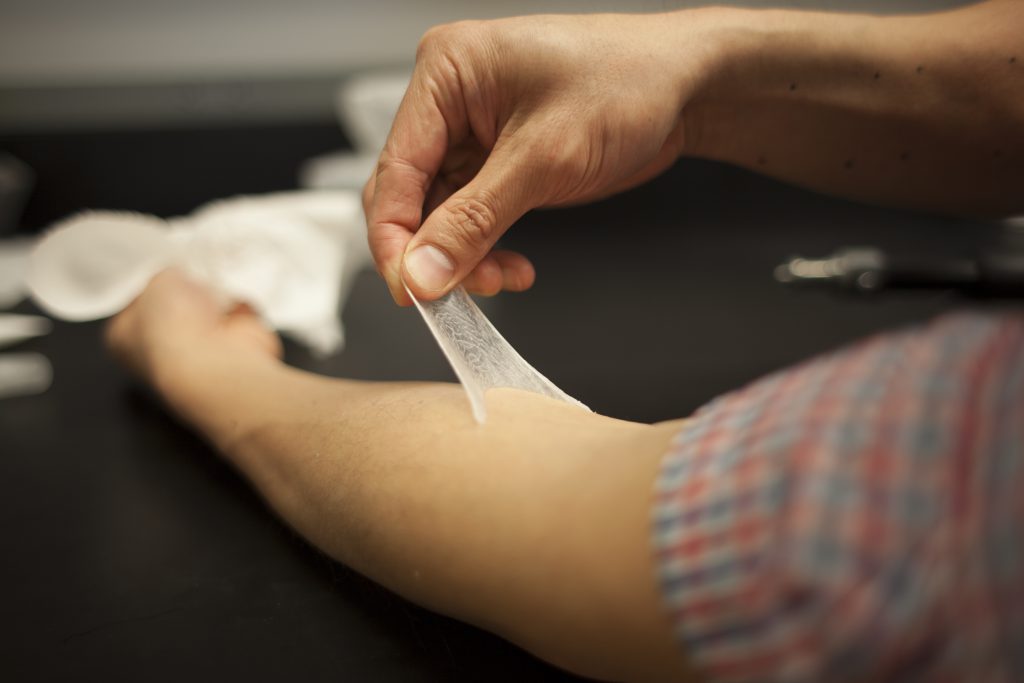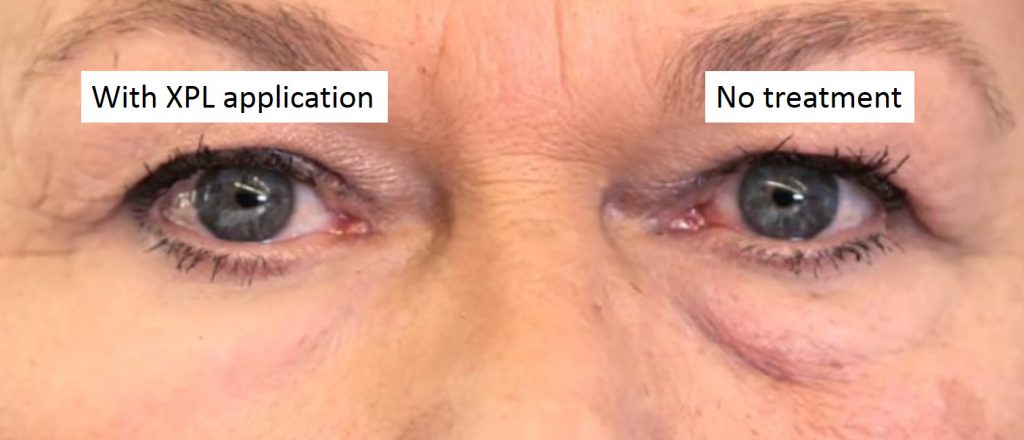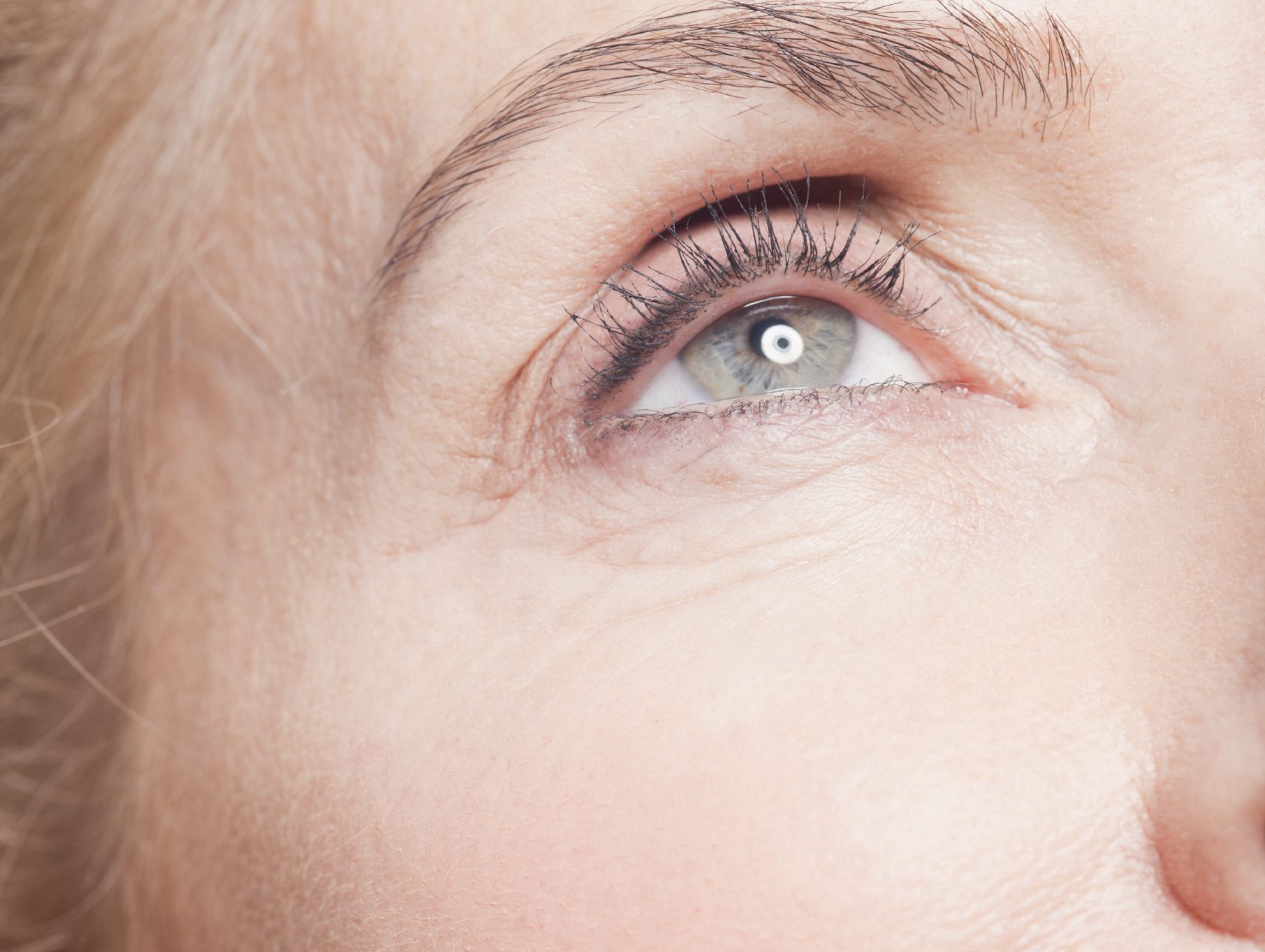Scientists at the Massachusetts Institute of Technology (MIT) and biotech company Living Proof have created an amazing ‘second skin’ that can smooth wrinkles. There’s just one catch: it’s only temporary.

The brains behind the breakthrough spent a decade working on it, after setting out 10 years ago to develop a protective coating that could restore properties of healthy skin for both cosmetic and medical applications.
Although it seems super sci-fi, the clear liquid is actually made up of commonly used silicone-based chemicals. They help restore some of the elasticity that is lost as we age, while still allowing the skin to breathe.

But on to what we all want to know: how effective is this stuff on wrinkles? During the study, researchers applied the second skin to the under eye area, where protruding fat causes those pesky bags. When the gel was applied it was able to tighten the skin, getting rid of the appearance of bags for about 24 hours. The effect even lasted as the participants went running, swimming, and out into a rainstorm.
One of the big breakthroughs from this study (apart from the wrinkle fighting) is the look and feel of the gel. It’s basically invisible when applied to the skin, something that dermatologist Barbara Gilchrest, who was involved in the study, says hasn’t been achieved before.
“Creating a material that behaves like skin is very difficult,” she says. “Many people have tried to do this, and the materials that have been available up until this have not had the properties of being flexible, comfortable, non-irritating, and able to conform to the movement of the skin and return it to its original shape.”

While we’re excited about the cosmetic uses (no wrinkles ever? Yes please!), the scientists say second skin could have lots more uses, including the treatment of eczema and other dry skin conditions.
“It’s an invisible layer that can provide a barrier, provide cosmetic improvement, and potentially deliver a drug locally to the area that’s being treated,” explains Daniel Anderson, associate professor at MIT’s department of chemical engineering.
Although second skin won’t be replacing your favourite cosmeceutical products or tech any time soon, we can’t wait to see how this develops.

